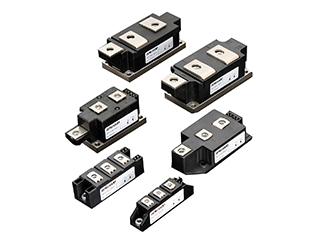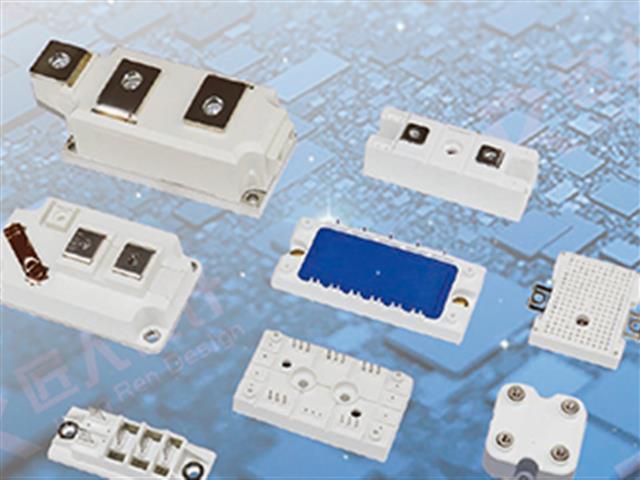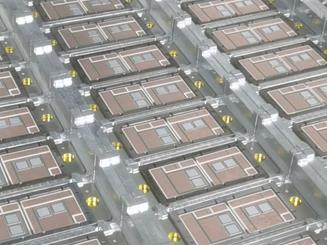Difference Between Stud-Type and Capsule-Type Phase-Controlled Thyristors (PCT)
The main differences between Stud-type and Capsule-type phase-controlled thyristors (PCT) lie in their packaging form, heat dissipation methods, and application scenarios. Below is a detailed comparison:
Comparison Summary
| Feature | Stud-type | Capsule-type |
|---|---|---|
| Packaging Form | Threaded stud design | Flat, disc-shaped design |
| Heat Dissipation | Single-sided dissipation | Double-sided dissipation |
| Power Range | Medium to high power | Ultra-high power |
| Installation | Threaded mounting, simple | Clamping, more complex |
| Applications | Industrial equipment, motor control | HVDC, large industrial equipment |
The choice between the two depends on specific power requirements, heat dissipation needs, and installation conditions. Capsule-type is better suited for higher power and more demanding heat dissipation requirements, while Stud-type is more appropriate for medium power applications with simpler installation needs.

Dual Thyristor Module vs Dual Diode Module vs Thyristor Diode Module, what's their difference?
Difference between dual thyristor module, dual diode module and thyristor diode combined module
Read More
The Crucial Role of IGBT Modules in Power Electronics and Their Expanding Applications
The Key Role of IGBT Modules in Power Electronics and Modern Applications
Read More
Sintering process in the chip of solid-state relays is of significant importance.
The use of sintering process in the chip of solid-state relays is of significant importance, primarily for the following reasons
Read More
Mini Puck Solid-State Relay: A Compact and Reliable High-Efficiency Switching Solution
The GF1 solid state relay uses back-to-back thyristors for switching, which are more durable than traditional triacs.
Read More















